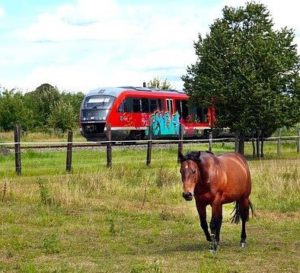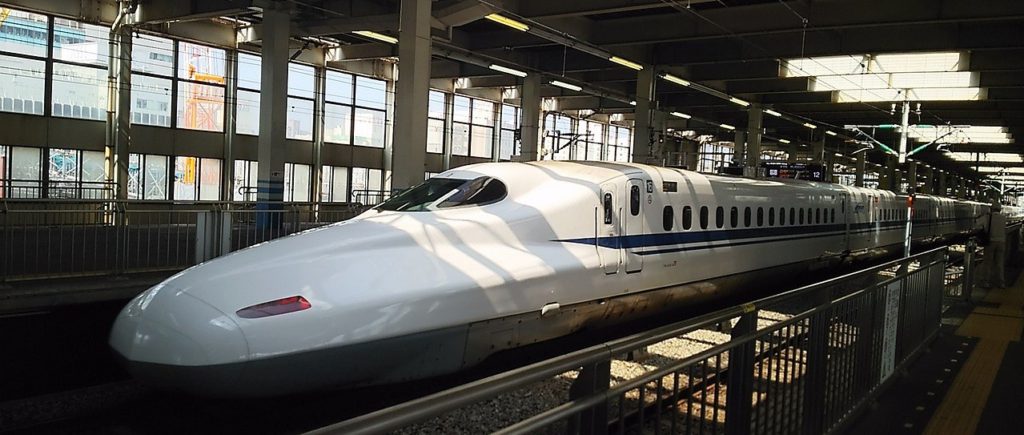This post came to be simply because I am not into gatekeeping. For those of you who don’t know, gatekeeping is a practice of dismissing someone’s opinion on a subject or their dedication to a hobby for not knowing obscure details of it. It’s something along the lines of “You are not a real fan if…”, or “You are into that!? That’s so basic!” Just let people love what they love, jeez! Rant over.
So, there are a few bits of fun trivia surrounding trains that you may or may not know. Still, it’s valuable ammunition next time you come across someone who thinks you are not a real railfan. Here are a few slightly obscure train facts.
The Horse Race

While the title of the first commercial steam locomotive goes to Britain’s Locomotion No. 1 in 1825, it was only five years later that the first American steam engine raced against a horse. Why would a steam engine be racing a horse? Well, horse-drawn trains were common and Peter Cooper, the maker of Tom Thumb, designed the locomotive in order to facilitate train travel. The Baltimore and Ohio Railroad had trouble in the past of designing such a train and they relied on good ol’ horsies.
Tom Thumb took the lead in the race, but a malfunction in the form of a torn belt caused it to lag behind and it was overtaken by the horse. Despite the loss, Cooper was paid handsomely.
The Fastest Train
The Shinkansen, or Japanese bullet train, is the fastest train on the planet. It allows people to commute to the other side of the country in an hour. How so, you may ask? Well, the maximum operating speed of Shinkansen trains is around 200 mph or 320 km/h. While this may not sound particularly impressive, let me point out again that this is the allowed operating speed. When it comes to conventional rails, the speeds went up to 275 mph or 443 km/h. The Maglev train was clocked at 375 mph or 603 km/h in 2015 and still holds that record.

Who Is Casey Jones?
I’m a bit ashamed to admit that the first time I heard about Casey Jones, he was a character from Ninja Turtles. I had no idea that it was also the name of the famous American folk hero. He was an engineer in the 19th century and, as the legend goes, hos trains were always on time and had a distinctive whistle. He died while trying to slow down his train to minimize the impact against another car that was on the same track.
Wile E. Coyote Would Be Proud
So, you know how, sometimes, when a cartoon character can’t reach the desired speed they just strap on a rocket or a jet engine? Well, something similar happened in the 60s. The Black Beetle was a jet-powered train. Essentially, it was a passenger train with jet engines from a bomber. In its test run, it did not blow up, surprisingly enough, and even reached a more-than-decent speed of over 180 mph, but the project was discarded as being too expensive.

